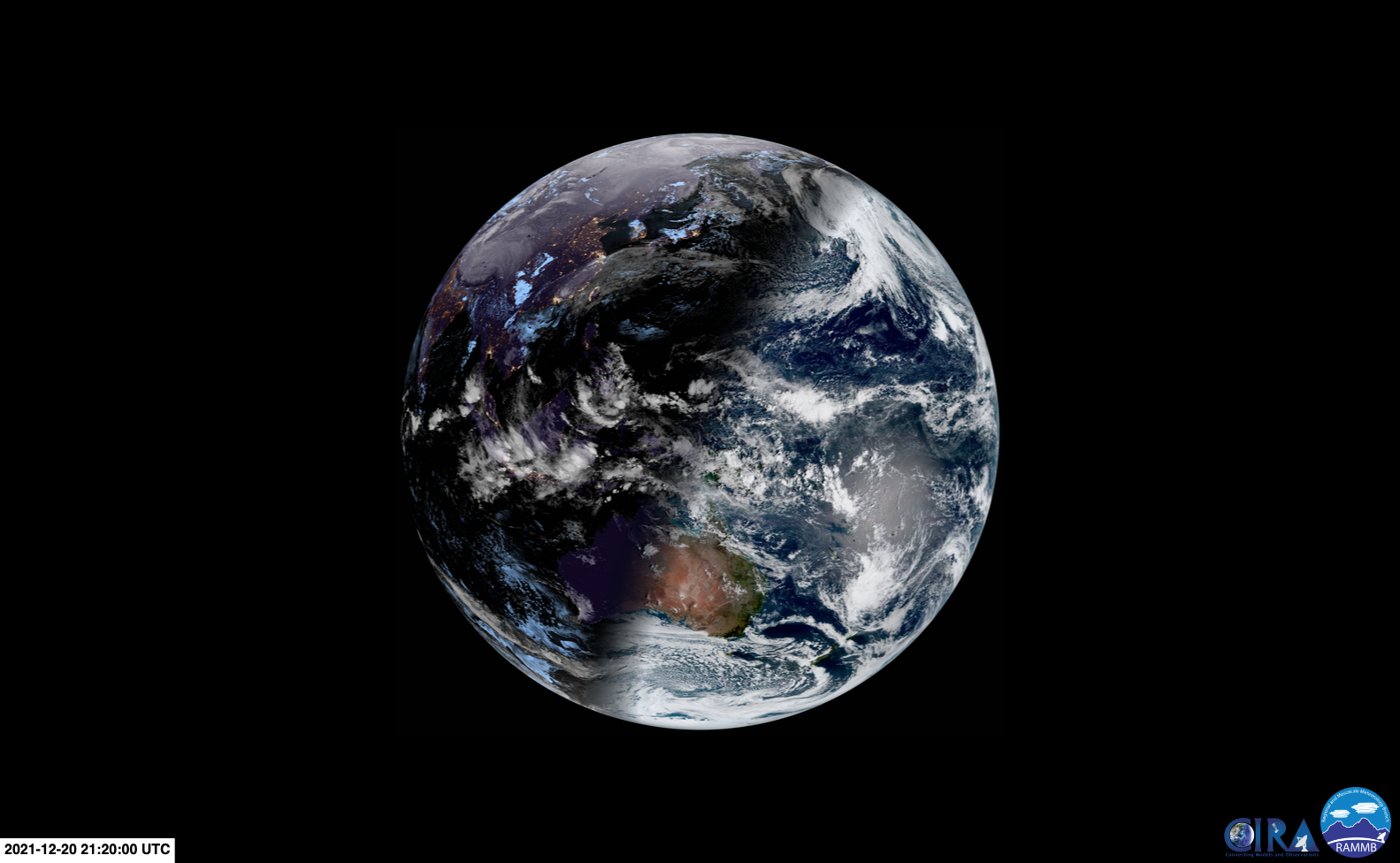Australia’s longest day of the year is upon us, with the summer solstice occurring across the Southern Hemisphere last night.
Throughout each year, the tilt of our planet’s rotation axis changes relative to the sun. This simply means the north and south poles tilt more towards and away from the sun throughout the year.
Between the two equinoxes in late-March and late-September, Earth’s south pole is tilted more towards the sun than the north pole, making days longer than nights across the Southern Hemisphere.
However, from late-September until late-March, the south pole tilts more towards the sun and days are longer than nights south of the equator.
The summer solstice marks the mid-point between the two equinoxes in the warmer half of the year, when the south pole reaches its furthest tilt away from the sun. This maximum tilt angle causes the longest days and shortest nights of the year to occur around the date of the summer solstice, everywhere in the Southern Hemisphere.
Image: Earth’s south pole reaches its furthest tilt towards the sun at the summer solstice in late-December.
This year’s summer solstice occured at 2:59 am AEDT on Wednesday, December 22 in the Southern Hemisphere, marking the moment the south pole reaches its furthest tilt towards the sun.
With daylength now at its annual peak, this is the time of year we see temperatures beginning to soar across Australia. This is part of the reason Mardie, WA was able to reach 47.9ºC on Monday, which is the highest temperature recorded in the Southern Hemisphere so far this year.
Following last night’s summer solstice, days will soon start getting shorter than nights in the Australia. This trend towards darkness will continue until the winter solstice in late-June.







